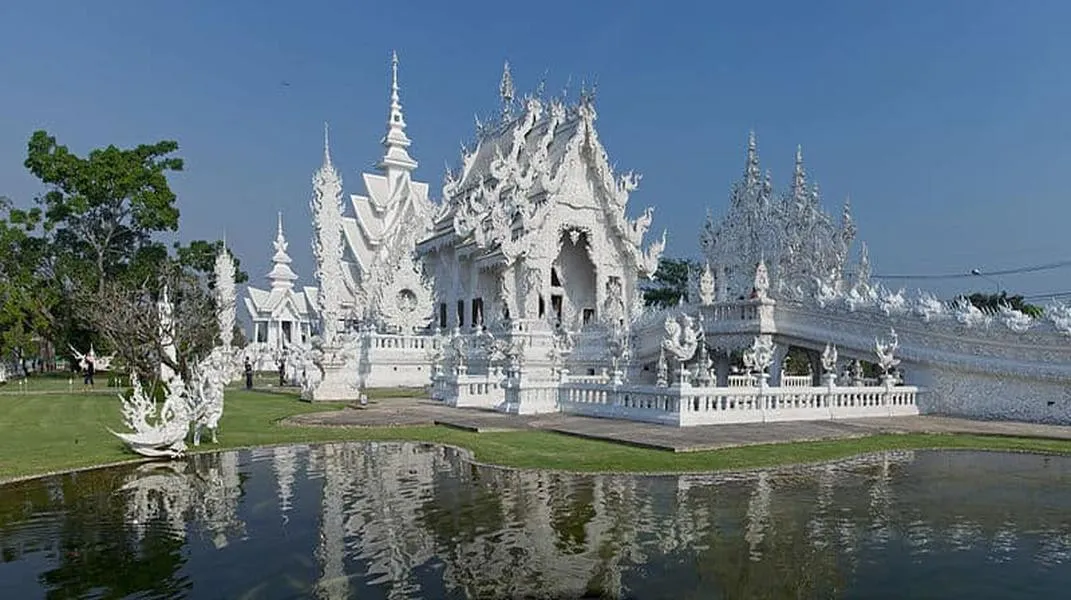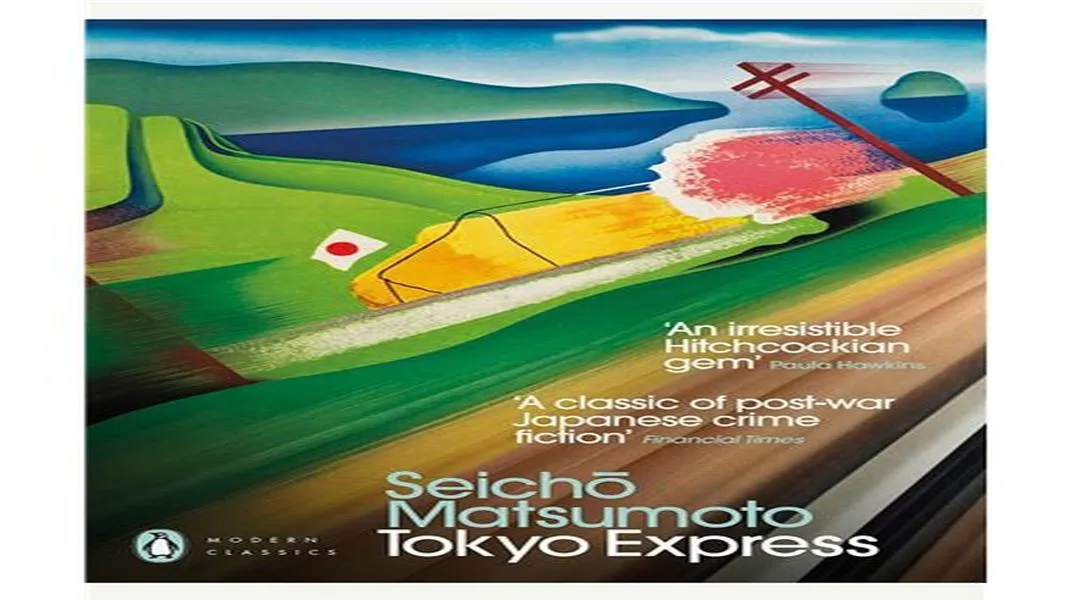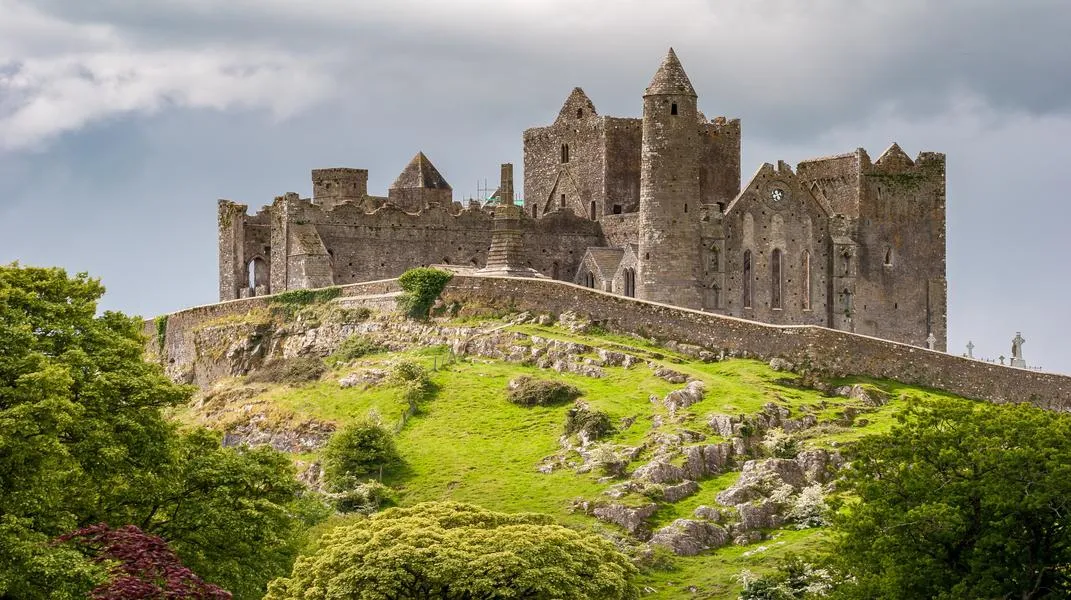Chiang Rai: The Hidden Gem of Northern Thailand
Nestled in the mountainous region of Northern Thailand, Chiang Rai is a captivating province that boasts a rich tapestry of culture, stunning landscapes, and a blend of modernity with tradition. While Chiang Mai often takes the spotlight as the go-to destination in Northern Thailand, Chiang Rai is a hidden gem that offers an equally enchanting experience, filled with unique attractions, culinary delights, and a welcoming atmosphere. This article will delve into the wonders of Chiang Rai, providing a detailed overview of the key attractions and essential preparations for an unforgettable visit.

A Brief Overview of Chiang Rai
Chiang Rai is the northernmost province of Thailand, bordered by Myanmar and Laos. The city itself, the capital of the province, is characterized by its laid-back vibe, friendly locals, and a rich cultural heritage that dates back to its founding in 1262. Chiang Rai is not only known for its breathtaking nature and historical sites but also for its vibrant art scene, which is exemplified in its iconic temples.
Key Attractions in Chiang Rai
1. Wat Rong Khun (The White Temple)
Arguably the most famous attraction in Chiang Rai, Wat Rong Khun, also known as the White Temple, is a contemporary art exhibit and a Buddhist temple designed by Thai artist Chalermchai Kositpipat. Completed in 1997, the temple stands out for its stunning white exterior, embellished with glass mirrors that shimmer in the sunlight. The temple's intricate design symbolizes purity and the path to enlightenment.
Visitors can explore various buildings on the temple grounds, including the main chapel, which houses a striking Buddha statue surrounded by murals depicting both traditional and modern themes, including references to popular culture. The juxtaposition of spiritual and contemporary themes makes the White Temple a thought-provoking and visually stunning site.
2. Wat Rong Suea Ten (The Blue Temple)
Another architectural marvel, Wat Rong Suea Ten, commonly referred to as the Blue Temple, is a feast for the eyes. Completed in 2016, this temple is characterized by its vibrant blue walls adorned with intricate carvings and a striking large Buddha statue. The temple offers a more recent interpretation of traditional Thai architecture and is celebrated for its serene ambiance and artistic details.
3. Golden Triangle
The Golden Triangle, where Thailand, Laos, and Myanmar converge, is rich in history and culture. Visitors can take a boat tour along the Mekong River to witness the confluence of these three countries. The area is also home to the Hall of Opium Museum, which provides insight into the region's history with opium production and the opium trade.
4. Baan Dam Museum (The Black House)
In stark contrast to the White Temple, Baan Dam Museum, also known as the Black House, is an eclectic collection of buildings designed by artist Thawan Duchanee. The museum showcases an array of dark wooden structures filled with various art pieces, artifacts, and sculptures that reflect the artist's unique vision and connection to Thai culture. The Black House explores themes of life and death, and its atmospheric setting invites contemplation.
5. Doi Tung and the Mae Fah Luang Garden
Doi Tung, a mountain that offers breathtaking views of the surrounding valleys, is home to the Mae Fah Luang Garden, a beautiful botanical garden featuring a diverse array of flowers and plants. The garden is renowned for its stunning landscaping and vibrant colors, making it a perfect spot for leisurely walks and photography. The area also features the Doi Tung Royal Villa, once the residence of the Princess Mother, which provides insight into the royal family's efforts to promote sustainable agriculture and improve the lives of local communities.
6. The Hill Tribes of Chiang Rai
Chiang Rai is home to several indigenous hill tribes, including the Akha, Karen, and Lahu peoples. Visiting hill tribe villages can provide a deeper understanding of their unique cultures, traditions, and crafts. Many tours offer the opportunity to engage with these communities respectfully and learn about their ways of life. It’s advisable to support local artisans by purchasing handmade crafts and goods directly from the tribes.
7. Chiang Rai Night Bazaar
For those looking to experience local culture, the Chiang Rai Night Bazaar is a must-visit. The vibrant market is filled with stalls selling handicrafts, clothing, and delicious street food. Visitors can enjoy an array of local dishes, such as Khao Soi (curry noodles) and sticky rice, while soaking in the lively atmosphere. The night bazaar also features cultural performances, showcasing traditional Thai music and dance.
Preparing for Your Visit to Chiang Rai
To fully enjoy your journey to Chiang Rai, proper preparation is essential. Below is a list of items and tips to help you make the most of your experience.
1. Travel Documents
Ensure that your passport is valid for at least six months beyond your intended stay. Depending on your nationality, you may need a visa to enter Thailand. Check the latest visa requirements and regulations before your travel dates.
2. Best Time to Visit
The ideal time to visit Chiang Rai is between November and February when the weather is cool and dry. During these months, temperatures are pleasant, with daytime highs averaging around 25-30°C (77-86°F). The months of March to May can be hot, while the rainy season typically lasts from June to October.
3. Packing Essentials
- Clothing: Lightweight, breathable clothing is ideal for the warm days. However, bring a light jacket or sweater for cooler evenings, especially in the mountains. When visiting temples, be sure to wear modest clothing that covers your shoulders and knees.
- Comfortable Footwear: Since many attractions require walking, comfortable shoes are a must. Consider bringing sandals for warmer days and sturdy walking shoes for outdoor explorations.
- Sun Protection: Sunscreen, a wide-brimmed hat, and sunglasses are essential for protection against the tropical sun.
- Reusable Water Bottle: Stay hydrated throughout your visit. Many places offer refill stations, helping reduce plastic waste.
4. Local Currency and Payment Methods
The currency in Thailand is the Thai Baht (THB). While credit cards are accepted at many establishments, it's advisable to carry cash for local markets, street food vendors, and smaller shops. ATMs are widely available, but be aware of potential transaction fees.
5. Language
While Thai is the official language, many locals in tourist areas speak basic English. However, learning a few Thai phrases can enhance your experience and show respect for the local culture.
6. Transportation
Chiang Rai is well-connected by road, and various transportation options are available:
- Public Buses: Buses run frequently between Chiang Rai and other cities, including Chiang Mai.
- Tuk-tuks and Songthaews: These shared taxis are a convenient way to navigate the city.
- Car Rentals: Renting a car or scooter can provide the flexibility to explore the surrounding areas at your own pace.
7. Health and Safety Considerations
- Travel Insurance: Consider purchasing travel insurance that covers medical emergencies and trip cancellations.
- Health Precautions: Stay updated on any vaccinations recommended for travelers to Thailand. Drink bottled or filtered water and practice food safety when trying street food.
8. Respect Local Customs
When visiting temples and local communities, adhere to the cultural norms and practices. Always ask for permission before taking photographs of individuals, especially in hill tribe villages. Show respect at religious sites by removing your shoes and maintaining a quiet demeanor.
Conclusion
Chiang Rai is a treasure trove of cultural heritage, stunning landscapes, and artistic marvels waiting to be explored. From the mesmerizing White Temple to the serene Mae Fah Luang Garden, each attraction tells a story and invites visitors to engage with the rich tapestry of Thai culture. By preparing adequately for your trip and approaching your journey with curiosity and respect, you can enjoy an unforgettable experience in this enchanting corner of Thailand. Whether you’re seeking adventure, tranquility, or cultural immersion, Chiang Rai promises to leave a lasting impression on your heart and mind.




